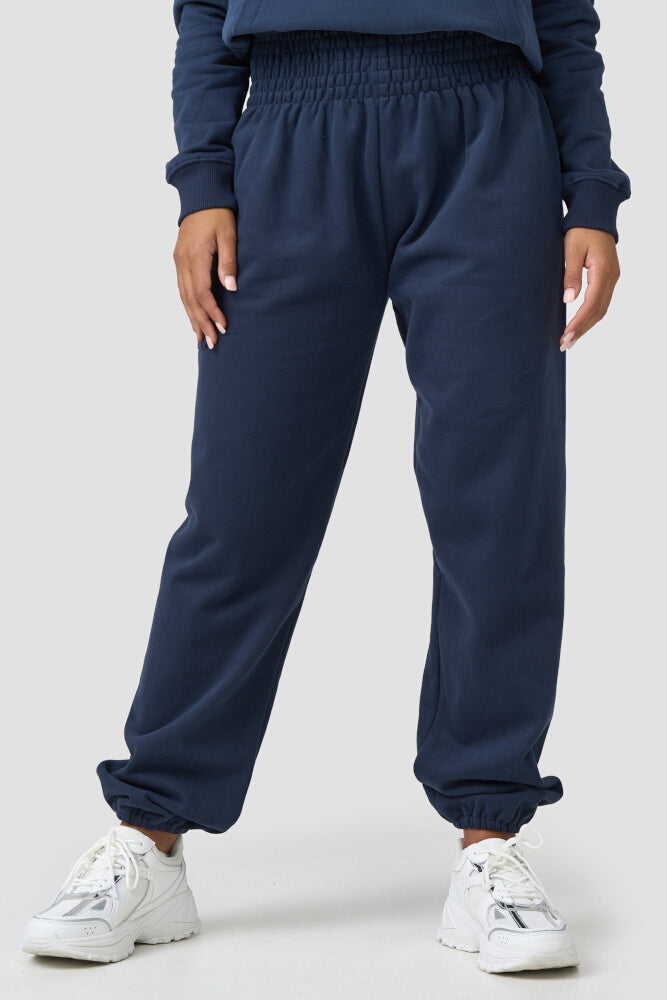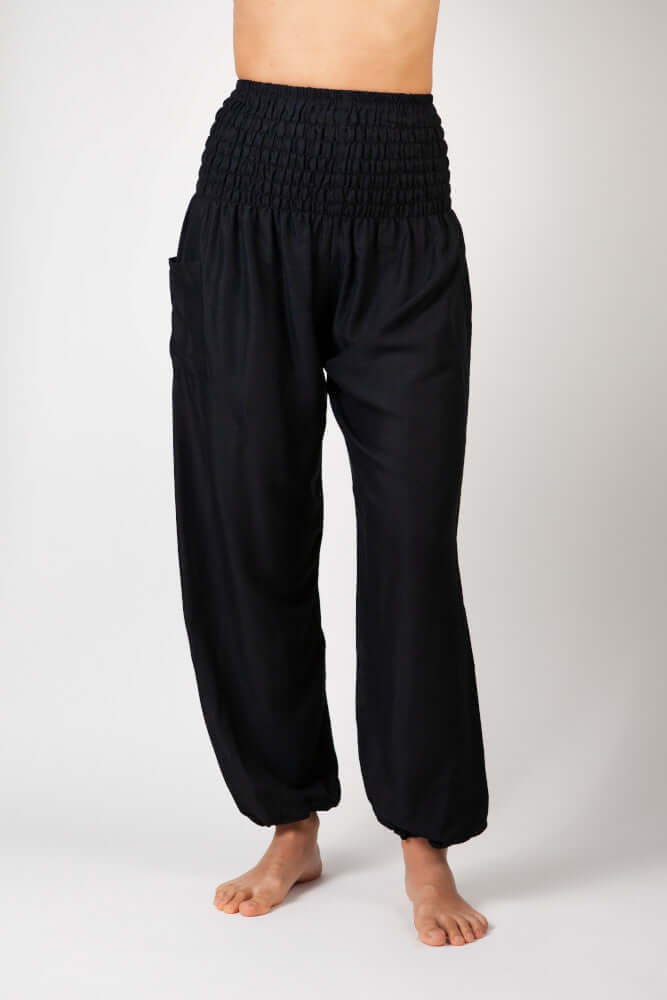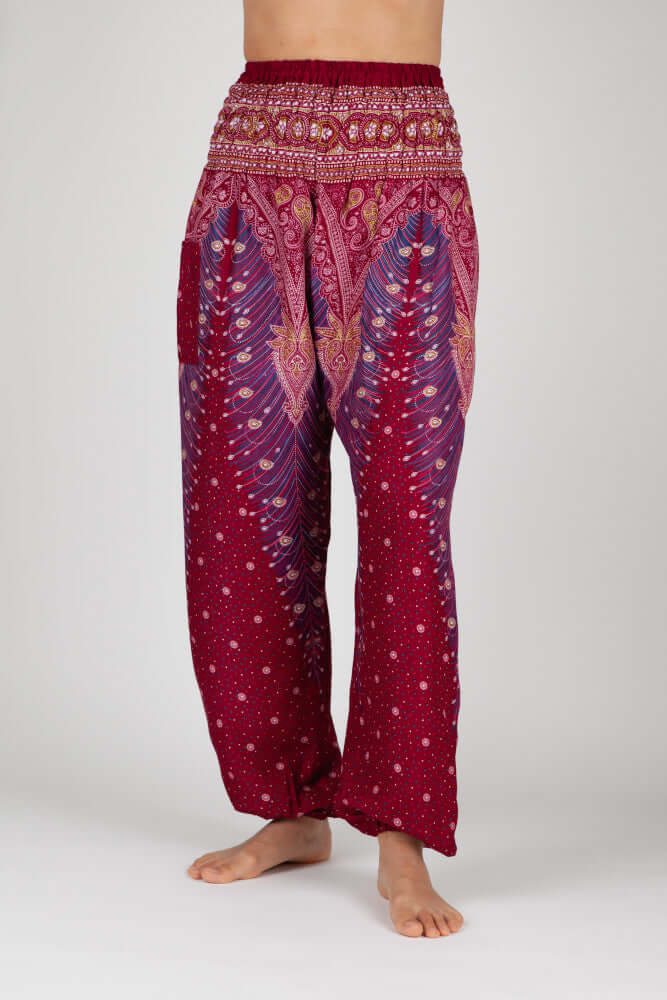
Inhaltsverzeichnis
The small meditation 1 × 1 - meditating made easy
What image comes to mind when you think of meditation? Perhaps a monk in the lotus position, sitting quietly for hours without doing anything? However, meditation is much more than that and can be practiced in many different ways. Therefore, in this blog, I want to provide you with a quick answer to all the questions you often ask when you want to learn more about meditation.
What exactly is meditation? And what is it not?
You can think of meditation as a workout for your brain; just as you can keep your body fit with exercise. This practice isn't unique to Buddhism; it occupies a certain place in many religions. However, that doesn't mean that all people who meditate are spiritual or religious. Another misconception is that meditation is a relaxation technique. Rather, the state of inner relaxation is a pleasant side effect, as meditation can be quite strenuous and requires a bit of practice.
Essentially, meditation is the conscious control of attention. Being fully aware of what is happening in the moment and moving from “doing mode” to “being mode,” meaning simply beTo meditate means to be in the here and now and to perceive with all of your senses what is present in the present moment.
Or as Allan Watts said:
“Meditation is the discovery that true life is always attained, in the present moment.”
Why should I meditate?
You may be wondering what meditation actually does and why this term is becoming more and more common. Meditation is actually a very ancient practice that has found its way into our "modern" world through psychotherapy and mindfulness-based approaches. But what exactly makes meditation so appealing?
We live in a very hectic world, and people are increasingly feeling stressed and unbalanced. Many need a counterbalance, which they find, for example, in meditation. Meditation has a calming effect: breathing becomes deeper and the heart rate slows. Anxiety and stress are reduced, and the effects of meditation are even reflected neurologically in changes in brain waves. A lot of research is currently being conducted on the long-term effects of mindfulness and meditation, and there is growing evidence that meditation can have significant effects on well-being.
To give you a personal insight into the effects of meditation: It took me two to three weeks of daily meditation before I really noticed changes. I became more aware of my surroundings again and found it much harder to get upset (even though I'm usually very easily stressed!). Today, meditation is an integral part of my morning routine, and I notice I'm much more balanced. I'm also very aware of my body again and can sense what it needs. This allows me to observe my feelings and thoughts from a more "distanced" perspective and am no longer as reactive.
Although meditation can provide a counterbalance to the stresses of everyday life, it's not about pushing away or suppressing stressful or negative thoughts. Rather, you observe your own thoughts and notice what's happening. You try not to immediately identify with what you're thinking. Because we are not our thoughts, we have Thoughts.
Meditation, in this sense, has no goal to “work toward”; the goal is simply to be present.
Sounds good, right? But what's the best way to approach meditation?
How do I meditate properly?
First, I want to emphasize that there is no "right" or "wrong" way to meditate. At first, you'll probably find it very difficult to simply let your thoughts pass by and not go with them. This is completely normal—our heads are so full of thoughts, that it is difficult to imagine how to calm this “monkey mind.” But as I said, it is not about nothing to think, but to become aware of that dyou think, and What du think.
For example, you can use your breath as an anchor to continually return to the present moment. So, if you notice your mind wandering, focus on your next breath.
Meditation requires practice. Like a muscle, you can train your brain, and muscles need time and regular training to grow. Unfortunately, reaching a meditative state and calming your mind doesn't happen overnight. But just 10-15 minutes of "brain training" per day is enough to experience the positive effects of meditation—so don't worry, you don't have to sit down for several hours every day for meditation to work.
Precisely because many people find it difficult to meditate at first, and not everything changes overnight, most people stop meditating after a few "unsuccessful" days. But if you force yourself to "stick with it" for a few more days, you'll quickly notice that things are changing. So try to establish meditation as a habit in your daily life, because it's truly worth it. There are a number of helpful tools and apps that make getting started much easier – more on that in the next section!

Photo by Jared Rice on Unsplash
Learn meditation and integrate it into everyday life
When is the best time to meditate?
In principle, it doesn't matter when you meditate. Many people, myself included, find it very pleasant to meditate lying down or sitting in bed immediately after waking up. This clears your mind, and it's easier to reach a meditative state. However, you should be careful not to fall asleep again. You can also meditate at any time of day, whatever suits you and feels right for you.
How long should I meditate?
You can start with two-minute meditations and then gradually work your way up to 15 to 20 minutes. You don't necessarily have to sit cross-legged or close your eyes. Sitting upright and relaxed is always recommended, but there aren't really any hard and fast rules. You can meditate however you find most comfortable. You might find it helpful to light a candle and focus on the flame with your eyes half-closed. You can also play calming music in the background if it helps you relax.
Where should I meditate?
You don't have to sit on a yoga mat to meditate or set aside a lot of time for it—in fact, you can meditate anytime, anywhere, by consciously focusing on what's happening around you and within you.
However, meditation is usually much easier when you're undisturbed and in the quietest environment possible. External stimuli can quickly distract you, and it's difficult to stay focused.
What exactly should I do?
Here, too, there are no rules, but rather different variations and techniques that I would like to introduce to you in another blog post.
A great way to get started is with guided meditations. You can find guided meditations on YouTube, for example, but there are also great apps that can help you get started with meditation. Headspace, Calm and 7Mind are probably the most popular apps. However, my insider tip is InsightTimer, because this app is completely free and you can choose exactly what you need from countless meditations.
If you don't want to be guided, you can also concentrate on your breathing, sense each part of your body one by one, or go through in your head what you are currently perceiving through your senses.
Do what you feel like doing at the moment. And most importantly, be kind to yourself and don't get upset if things don't work out the way you envisioned at first. Instead, acknowledge yourself for giving yourself and your mind a little break and doing something good for yourself!
If you would like to learn more about mindfulness, healthy eating or sustainability, take a look here over.

Photo by Colton Sturgeon on Unsplash



























Leave a comment
This site is protected by hCaptcha and the hCaptcha Privacy Policy and Terms of Service apply.